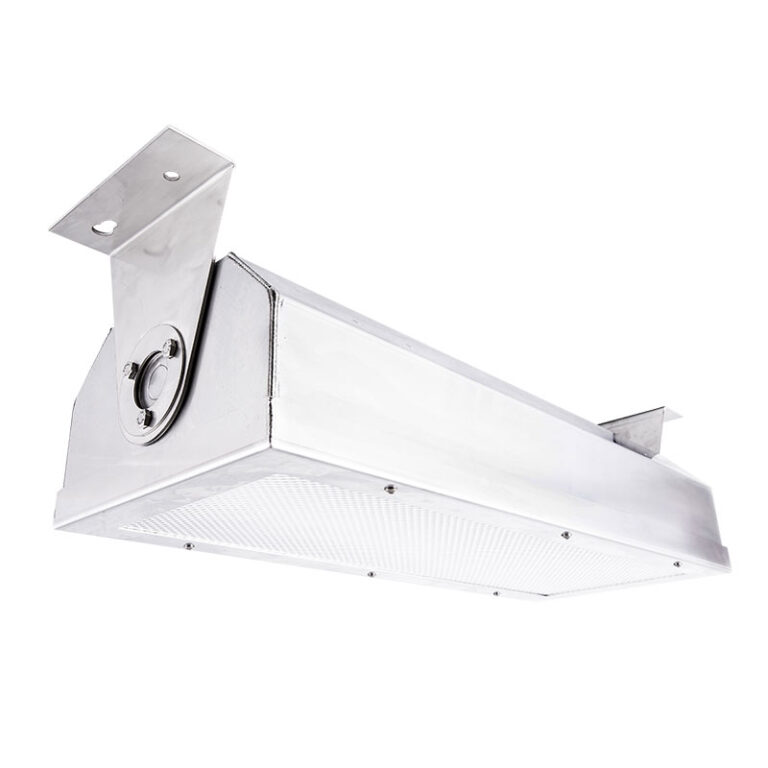Modular Momentum is Reshaping Justice Infrastructure

Photo: An overhead view shows the configuration of the housing pods in Little Sandy, Ky. | Photo Credit: (All) Tindall
By Correctional News Staff
Correctional designers are under pressure to do more with less. Tight labor markets, aging facilities and shifting population needs are pushing justice agencies and architects to embrace new ways of building. In response, modular and prefabricated construction approaches have gained significant traction, offering efficiency, flexibility and cost certainty.
While precast concrete remains a proven solution in many applications, it’s now one of several modular strategies reshaping the corrections landscape.
Companies like ModCorr, Cornerstone, Tindall, and the recently unified VitalSpace (home to SteelCell, PSG and CareAffirm) are offering distinct paths to prefabrication, ranging from steel and concrete modular cells to healthcare-ready pods.
Built for Speed, Engineered for Efficiency

The primary advantage of modular systems is their ability to compress timelines. By manufacturing cells or support units off-site while foundations and site prep continue in parallel, project durations can be drastically shortened.
“Within seven days of casting a concrete module, you have a finished-out cell ready to be delivered and erected on site,” said Steve Weirich, executive vice president of the Modular Group at Cornerstone. “We’ve erected as many as 100 cells in a day.”
SteelCell’s steel-framed units are similarly optimized for parallel production, with exacting factory conditions ensuring consistency and fewer weather-related delays.
“Modular means you’re building smarter, removing trade conflicts and compressing sequencing,” said Mike Smith, CEO of VitalSpace and SteelCell. “You’re delivering ready-to-install products that keep jobs moving.”
While concrete and steel units continue to drive modular cell construction, some providers like ModCorr are also pushing modular forward through multiple innovative prefabricated options.
Materials That Match the Mission
Modular construction no longer follows a one-size-fits-all approach. Today’s solutions are tailored by material, form factor and use case.
- Concrete modules (like those from Tindall, Cornerstone and ModCorr Precast) offer massive durability and self-supporting structure, ideal for long-term housing or secure perimeters.
- Steel modules (such as those from SteelCell, Trussbilt and MSSI) are lighter, secure, durable, flexible in layout and can be refurbished or relocated, making them effective for long-term housing, vertical construction, renovations, expansions or hybrid models.
- Container-based or panelized systems (offered by ModCorr and PSG) are highly adaptable and suited for programmatic, medical or operational support functions. ModCorr’s turnkey pods can be tailored with specialty materials, integrated MEP systems and finishes designed to minimize on-site labor while delivering speed-to-operation advantages.
“Our systems aren’t limited to one material or method,” said Buddy Johns, president of ModCorr. “Whether it’s precast, steel, or panelized assemblies, the goal is to offer solutions that match the client’s timeline, security needs and long-term goals.”
Fast Tracks and Smart Staging
As modular strategies expand across materials and applications, providers are also innovating how, and where, those systems are produced and delivered. Some, like Cornerstone, take the casting yard directly to the job site, manufacturing concrete cells locally to reduce shipping constraints and build up inventory in tandem with construction.
“We’ll request a stable, level surface near the site, install a casting pad and begin producing units right there,” said Steve Weirich of Cornerstone. “That allows us to eliminate transit-related damage and logistics issues while accelerating the erection process.”
Meanwhile, ModCorr’s process is highly centralized and refined. By relying on controlled manufacturing environments and experienced crews that handle all system installation phases, the company minimizes multi-trade site congestion and simplifies coordination.
Steel systems, like those from SteelCell under the VitalSpace umbrella, are planned with precision detailing and delivered fully assembled. Each unit is designed using 3D modeling and pre-configured with finishes, locks and MEP elements in the factory.
Once completed, cells are shipped to the job site where installation is often completed within hours, not days.
“You’re delivering a finished product, not a kit of parts,” said Smith. “That changes how projects are scheduled and staffed, and how fast they turn over.”
Tindall, too, emphasizes precision and pre-planning. The company’s just-in-time delivery model ensures modules arrive on site ready for immediate placement, reducing the need for large staging areas and limiting exposure to damage or delay.
Each of these approaches reflects a shared goal of modular cell construction: To deliver fully integrated modular components with minimal site disruption and maximum quality control, regardless of the material used.
The read more about modular and prefabricated corrections solutions, including designs for security and behavioral health, real the full article in the July/August issue of Correctional News.






